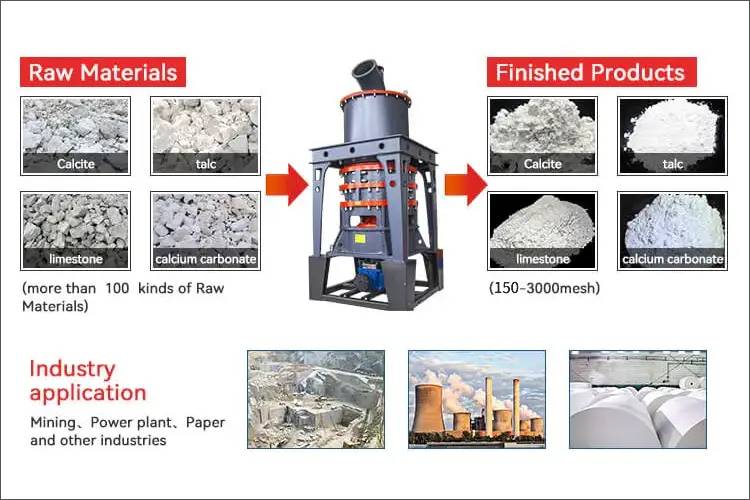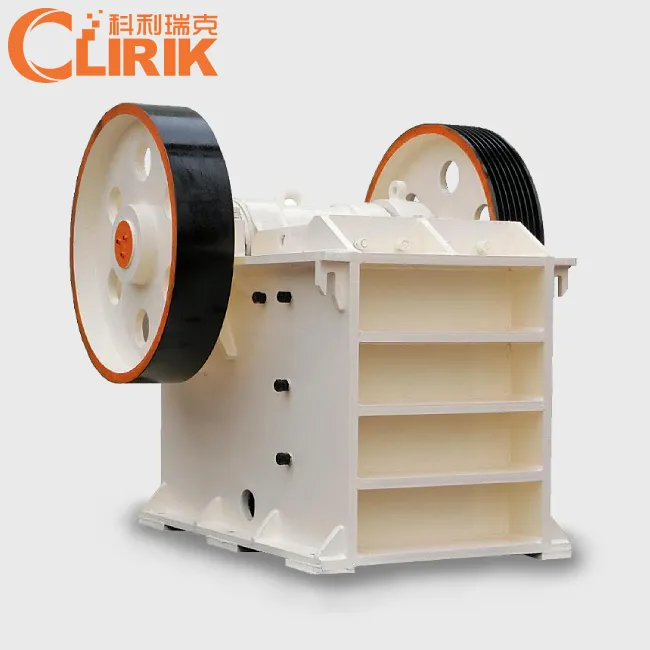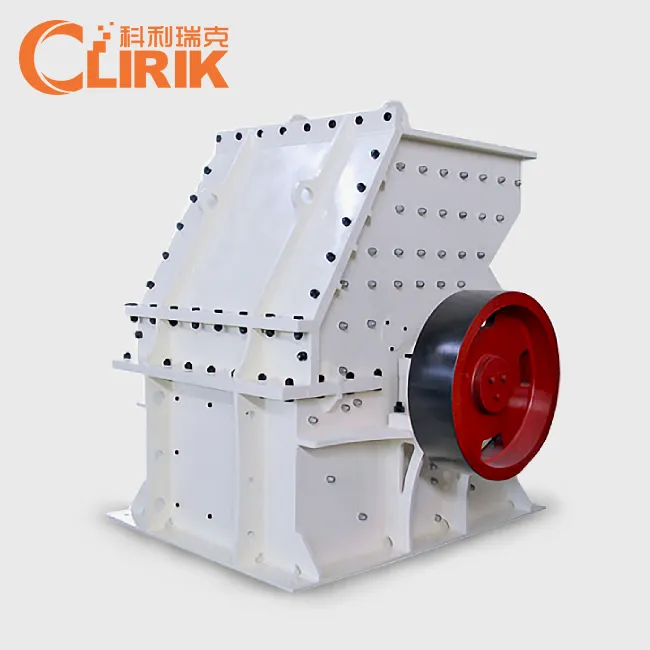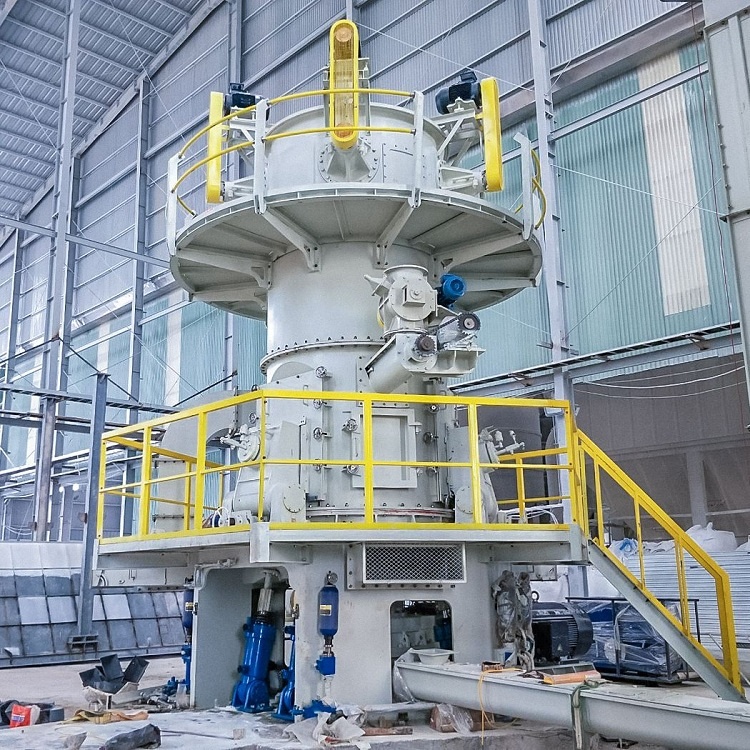The main limestone processing techniques are as follows:
Crushing: Breaking large pieces of limestone into small pieces for subsequent processing. Commonly used crushing equipment includes jaw crusher, impact crusher, cone crusher, etc.
Screening: The crushed limestone is screened according to particle size to meet the needs of different uses. Commonly used screening equipment includes vibrating screens, cyclone screens, classifiers, etc.
Grinding: Grind the screened limestone into powder to expand its application range. Commonly used grinding equipment include ball mills, vertical mills, Raymond mills, etc.

Calcination: Calcining limestone at high temperatures causes it to decompose into calcium oxide and carbon dioxide. Commonly used calcining equipment include rotary kilns, vertical kilns, boiling furnaces, etc.
Digestion: Digest quicklime with water to produce calcium hydroxide. Commonly used digestion equipment includes digesters, digestion towers, etc.
The specific processing flow can vary depending on the final product. For example:
Production of quicklime: crushing, screening and calcining of limestone.
Production of slaked lime: limestone crushing, screening, calcination, digestion.
Cement production: limestone is crushed, ground, mixed with clay and other raw materials, and calcined.
Production of glass: limestone is crushed, ground, mixed with sand and other raw materials, and melted.
The following are some specific processing methods:
Limestone crushing: Commonly used methods for limestone crushing include jaw crushing, impact crushing, cone crushing, etc. Jaw crusher is suitable for crushing large pieces of limestone, impact crusher is suitable for crushing medium and small pieces of limestone, and cone crusher is suitable for crushing fine-grained limestone.
Limestone screening: Commonly used methods for limestone screening include vibrating screens, cyclone screens, classifiers, etc. The vibrating screen is suitable for screening medium and small-grained limestone, the cyclone screen is suitable for screening fine-grained limestone, and the classifier is suitable for screening ultra-fine-grained limestone.
Limestone grinding: Commonly used methods for limestone grinding include ball mill, vertical mill, Raymond mill, etc. The ball mill is suitable for grinding medium-hardness limestone, the vertical mill is suitable for grinding high-hardness limestone, and the Raymond mill is suitable for grinding ultra-fine limestone.
Limestone calcination: Commonly used methods for limestone calcination include rotary kiln, shaft kiln, boiling furnace, etc. The rotary kiln is suitable for calcining large pieces of limestone, the vertical kiln is suitable for calcining small pieces of limestone, and the boiling furnace is suitable for calcining fine-grained limestone.
Limestone digestion: Commonly used methods for limestone digestion include digesters, digestion towers, etc. The digester is suitable for digesting quicklime slurry, and the digestion tower is suitable for digesting quicklime blocks.
The specific method of processing limestone also needs to be determined based on the use of the final product. For example, limestone used for building materials generally only needs to be crushed and ground; limestone used for chemical raw materials needs to be calcined; limestone used for food additives needs to be calcined and digested.
HOT PRODUCTS

Talc Raymond Mill
Capacity: 1-25 t/h
Max feeding size: 40 mm
Discharge fineness: 50-325 mesh
Range of application: Barite, calcite, potassium feldspar, talc…… [Read More…]

Micro Powder Grinding Mill
Capacity: 0.2-45 t/h
Max feeding size: 20 mm
Discharge fineness: 150-3000 mesh
Range of application: calcium carbonate, kaolin, carbon black, dolomite…… [Read More…]

Talc Ultrafine Grinding Mill
Capacity: 0.2-45 t/h
Max feeding size: 20 mm
Discharge fineness: 150-3000 mesh
Processing materials: non-flammable and explosive non-metallic ores with Mohs hardness less than 7…… [Read More…]

Talc Jaw Crusher
Output Size: 65-160mm
Feed size: 480mm
Capacity: 1-140t/h
Processing materials: Granite, quartz stone, river pebble, calcite, concrete, dolomite…… [Read More…]

Talc Hammer Mill
Output Size: 5-20 mm
Feed size: <350 mm
Capacity: 5-30 t/h
Application: It is widely used for medium and fine crushing of brittle, medium hardness and soft materials... [Read More…]

Talc Vertical Mill
Discharge fineness: 150-3000 mesh
Feed size: <15 mm
Output: 1-20 T/H
Product features: It has high grinding efficiency, low energy consumption, uniform particle shape... [Read More…]


